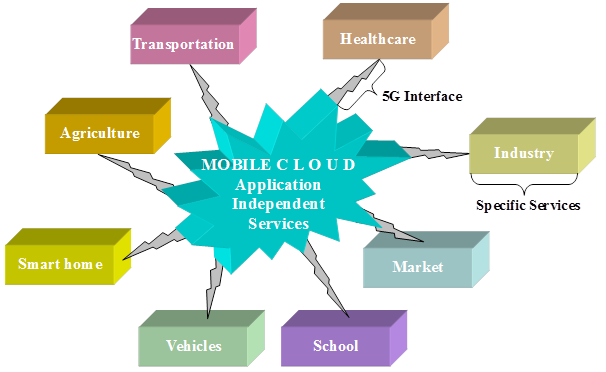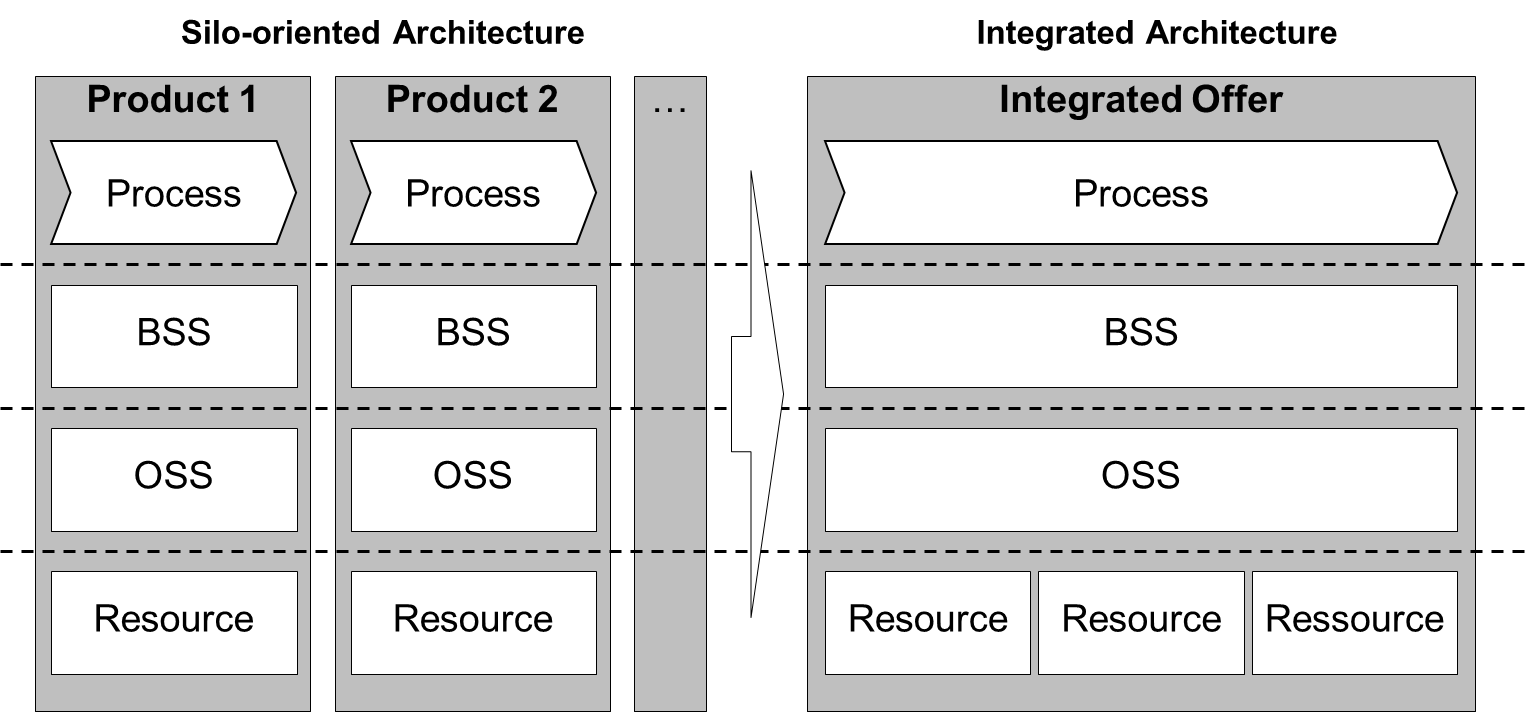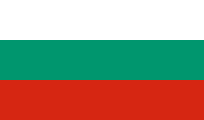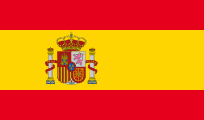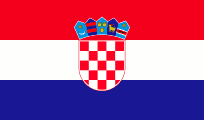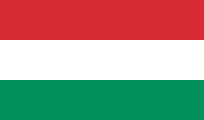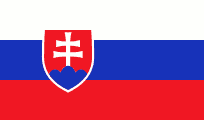Seamless Connectivity for a Digital Life
Georgi Iliev and Christian Czarnecki
Description
Keywords: 5G networks; IoT; sensor networks; eTOM, business processes
H2020 challenge: Europe in a changing world – inclusive, innovative and reflective societies
Knowledge and skills (P: prerequisite; D: desirable, but not necessary): Basics of data transmission (P); Optimization Methods (D); Basics of information systems design (D); Business Process Management (D)
In order to gain the full benefits of those technical innovations, telecommunication companies require flexible production models, streamlined operations and end-to-end management of customer requirements. There is a high risk that technical changes on the network layer result in silo-oriented processes and applications on the business side [4]. In this context, the industry organization TM Forum offers a reference model for standardized business processes that is called “enhanced Telecom Operations Map” (eTOM) [6]. The International Telecommunication Union (ITU) has confirmed eTOM as a de facto standard for business processes and the eTOM is used by most telecommunication companies worldwide. Applying the eTOM to 5G wireless networks is an important requirement.
Five INNOSOC students, supervised by two INNOSOC lecturers, will collaborate on answering how combining technical and business perspective of the design, launch, and operations of 5G wireless networks can provide seamless communication services to customers. These activities will be conducted as a part of the ERASMUS+ blended mobility and will be finalized during INNOSOC Zagreb 2016 workshop in late April 2016.
There are variety of areas and environments where IoT can play an important role and improve the quality of human life. These applications include transportation, healthcare, industrial automation, and emergency response to natural and man-made disasters. The IoT transforms the connected objects into smart devices by using ubiquitous and pervasive computing, cloud technology, routing protocols and cooperative transmission. In addition, management and operations of those communication services is a challenge for telecommunication companies. An important objective is to overcome silo-oriented structures in order to offer an end-to-end management of seamless communication services [4].
Next area for innovative solutions is the inter-cell interference control. Nowadays it is a common agreement that 5G networks will have a heavy heterogeneous structure. They will consist of macro-, micro- and femto-cells and will need an intensive coordination during data transmission. In such environments inter-cell interference control calls for new methods for coordination and interference cancelation. Most of recent approaches for inter-cell interference control exploit the spectral characteristics of transmitted signals and schedule different frequency ranges and time slots, in this way minimizing the interference. Basic problem for these approaches is how to manage the existing transmission resources in a fair manner according to the QoS requirements of each customer. Foreseen innovative solutions can be found in the field of Game Theory, Artificial Intelligence and Expert Systems.
Furthermore, management of communication networks and services and their impact on internal structures of telecommunication companies is an important question of information systems management. Solutions can be found in the field of reference modelling in general and specific work in the telecommunications industry.
Questions that need answers
- Which are the most popular methods for uplink and downlink transmission in current wireless networks?
- What are the new approaches enabling full-duplex radio transmission?
- Which are the most popular methods for the inter-cell interference control in current wireless networks?
- What are the new approaches enabling a fair resource management?
- What is the impact of these new technologies on the business processes and organizations?
- What could be an end-to-end process (e.g., Order-to-Payment) for offering seamless connectivity services?
- How could a reference models like eTOM support this task? What are additional requirements that are not supported by this reference model?
Case study supervisors

Georgi Iliev
TUS Team Leader, Lecturer

Christian Czarnecki
Lecturer
Case study students

Marina Valls
INNOSOC 2016 Student

Nikolay Dandanov
INNOSOC 2016 Student

Tomáš Pikna
INNOSOC 2016 Student

